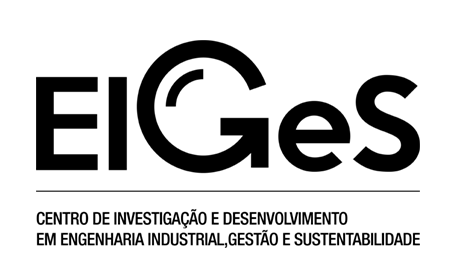Projects
Marie Skłodowska-Curie Actions Staff Exchange (SE) Call: HORIZON-MSCA-SE-2021 | 101086178
INNMEDSCAN 101086178
Innovative Photodetector Module for advanced Hybrid "Magnetic Resonance Imaging/Positron Emission Tomography" Scanners for Nuclear Medicine
Coordinator: Svitlana Lyubchyk
Starting/Ending date: 01 March, 2023- 30 January, 2027
Duration: 48 months
Partners
- COFAC COOPERATIVA DE FORMAÇÃO E ANIMAÇÃO CULTURAL CRL (ULusofona), Portugal
- BOLU ABANT IZZET BAYSAL UNIVERSITESI – BAIBU, Turkey
- CESKE VYSOKE UCENI TECHNICKE V PRAZE – CVUT, Czech Republic
- ZAPADOCESKA UNIVERZITA V PLZNI - UNIVERSITY OF WEST BOHEMIA, Czech Republic
- CASCATACHUVA LDA, Portugal
- Institute for Nuclear Research of NAS of Ukraine - INR NASU, Ukraine
- NATIONAL NUCLEAR RESEARCH CENTER CJSC UNDER MINISTRY OF TRANSPORT, COMMUNICATIONS AND HIGH TECHNOLOGIES OF THE REPUBLIC OF AZERBAIJAN - NNRC
- Institute of Radiation Problems of Azerbaijan National Academy of Sciences - Institute of Radiation Problems of Azerbaijan National Academy of Sciences
Summary
The development of modern methods of medical diagnostics is an integral part of the work and research of scientists. And it is constantly being improved, as high-precision early diagnosis increases the chances of recovery for people suffering from dangerous diseases. One of the key developments in this area is a new hybrid PET / MRI machine that provides simultaneous Magnetic Resonance Imaging and Positron Emission Tomography.
The successful implementation of the project will be ensured by a coordinated exchange of experience and knowledge gained in the field of physics, technology and engineering; by strengthening modern knowledge in the field of optoelectronics and applying modern technological approaches and methods, as well as international cooperation of highly qualified scientists and engineers from Portugal, Czech Republic, Turkey, Ukraine, Azerbaijan and Russia.
This consortium will assess both technological (for example, development and production of highly sensitive detectors) and fundamental (mechanisms of internal amplification of ultra-weak photosignals) issues. The project participants have many years of experience in the development of semiconductor optical devices, research of detection methods. The successful implementation of this project will lead to the scientific development of high-sensitivity detectors of a new generation and, as a result, to the creation of advanced detection devices. The aim of the project is to develop a highly sensitive prototype of a detector module for a new generation of PET-MRI scanners. Within the framework of this project, the collaboration will carry out both research and technological components through multipurpose business trips.


PET-MRI ring of scintillation detectors (1). Detector module (2-6) which consist of a scintillators array (2), developed innovative SiPMs (3), matrix housing for further connection (4) to the developed electronic unit (5), and software (6). Scintillators is the crystals where the transformation of gamma quanta emitted by the patient into the photons occurs when ionizing radiation is absorbed. Most often, these substances are inorganic single crystals. For INNMEDSCAN project implementation several commercially available scintillators will be tested, and best will be selected for Detector’s Module assembly.





